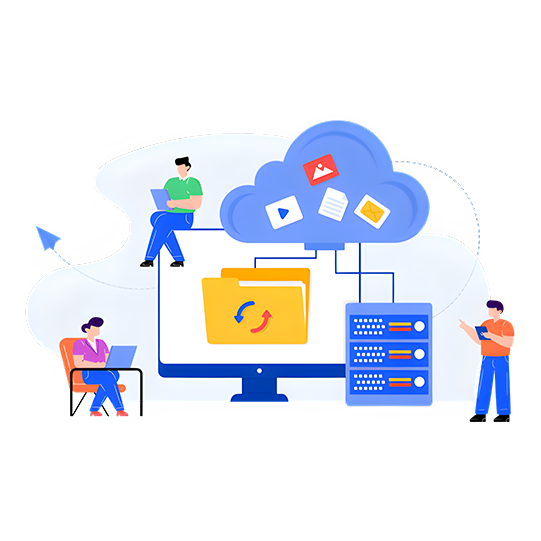A successful ERP system transforms your business by centralizing data, automating processes, and providing real-time visibility into core operations. At Evaan Sofftech, we work with you to develop a customized ERP strategy that fits your organization’s size, industry, and specific requirements.
Totally satisfied Client
Positive feedback
Years in service
People behind success

Our Transport Management System streamlines logistics and transportation operations, enhancing efficiency and reducing costs. With features like route optimization, fleet tracking, and freight management, your business can achieve operational excellence, typically includes the following:
Optimize your warehouse operations with our Warehouse Management System. Our solution enhances inventory accuracy, reduces order fulfillment times, and maximizes space utilization, which should include the following steps:


Our Accounting ERP simplifies financial management by automating accounting processes, improving accuracy, and ensuring compliance. Get real-time visibility into your financial health with integrated reporting and analytics ,following steps include:
Efficiently manage your inventory with our Inventory Management System, designed to reduce costs, minimize stockouts, and optimize reorder points , which should include the following steps:


Our School Management ERP streamlines administrative tasks, enhances communication, and improves student management. It provides a unified platform for schools to manage all aspects of operations ,following steps include:
Transform your retail operations with our POS System, enabling seamless transactions, inventory management, and customer engagement, which should include the following steps:


Enhance your email marketing efforts with our Email Optimization ERP, designed to automate campaigns, segment audiences, and track performance ,following steps include:
Our CRM solutions help businesses manage customer interactions, track sales pipelines, and enhance customer satisfaction through effective communication and data management , which should include the following steps:


Our Mail Tracking System provides real-time visibility into mail deliveries, enhancing efficiency and accountability in mail handling processes ,following steps include:
Streamline your HR processes with our HRMS, which manages recruitment, employee records, performance evaluations, and more., which should include the following steps:


Ensure accurate and timely payroll processing with our Payroll Management System. Automate calculations, deductions, and reporting for compliance ,following steps include:
Enhance your business operations with our Appointment Scheduling System, designed to streamline booking and resource management , which should include the following steps:


Our Photo Cloud Management System enables businesses to store, manage, and share images securely in the cloud, enhancing collaboration and access ,following steps include:
Streamline your project management processes with our Project Management ERP, designed to enhance collaboration, tracking, and resource allocation , which should include the following steps:

Evaan Sofftech delivered tailored software that improved our processes. Their post-launch support is reliable, ensuring everything runs smoothly by professional team's.
Evaan Sofftech provided expert IT consultancy, optimizing our network infrastructure and boosting operational efficiency. Their ongoing support has been exceptional.
Evaan Sofftech developed a sleek, responsive website for us, enhancing our online presence. The project was delivered on time-frame with exceptional attention to detail.
Evaan Sofftech delivered an excellent LMS system for our education portal, streamlining operations and improving efficiency. Their support throughout implementation was outstanding.
Don't hesitate to contact us. We Always Try To Understand Users Expectation
